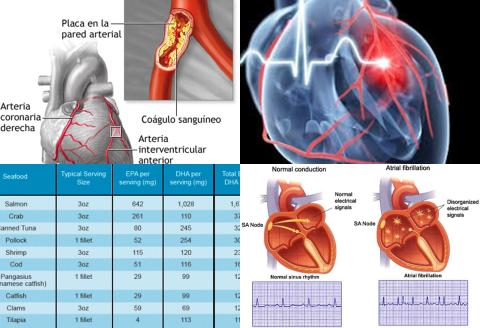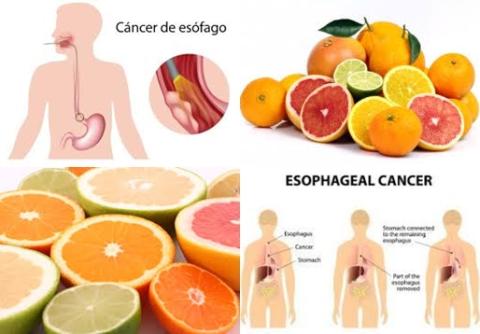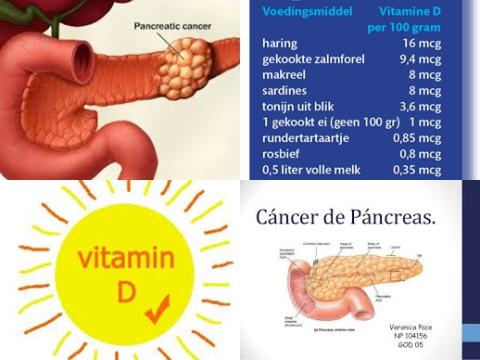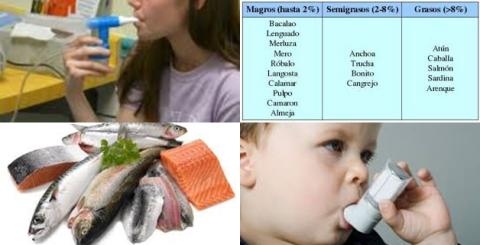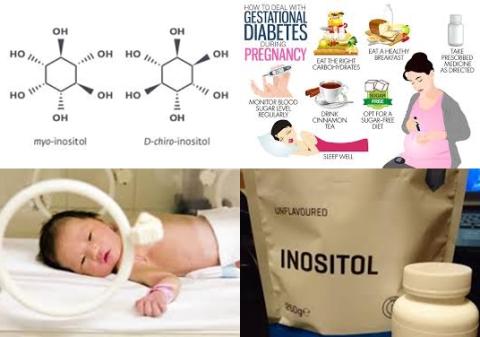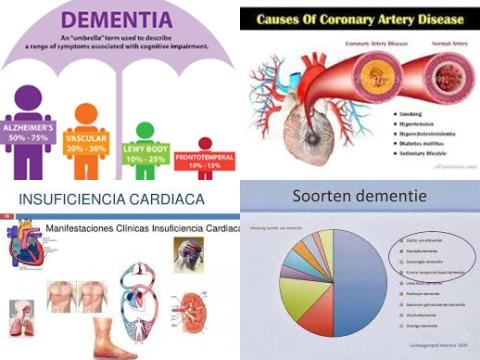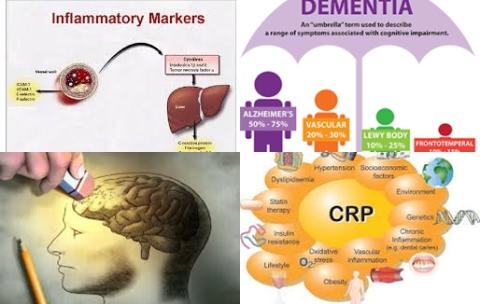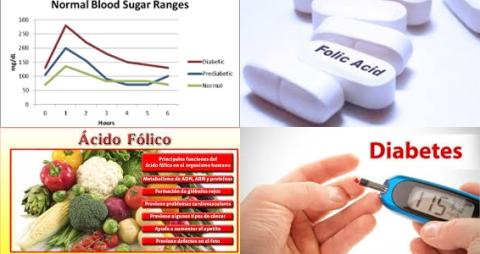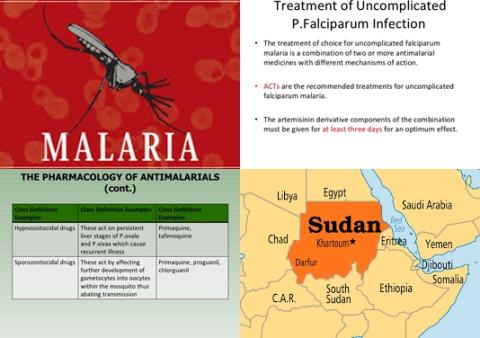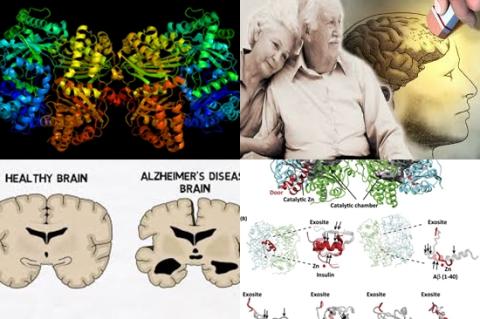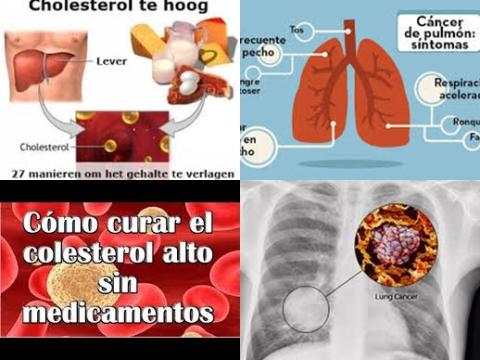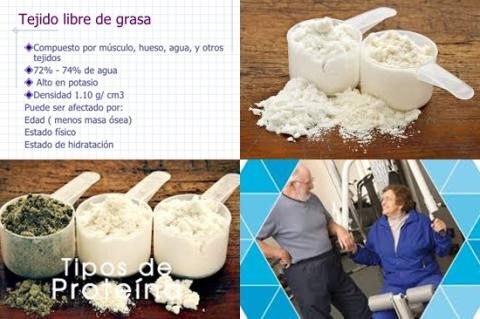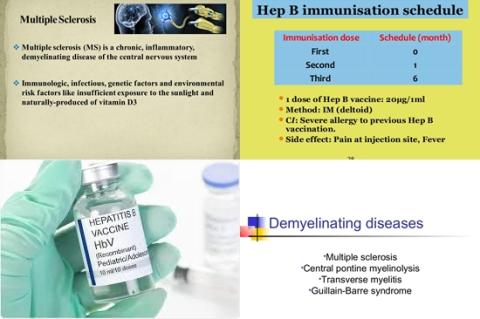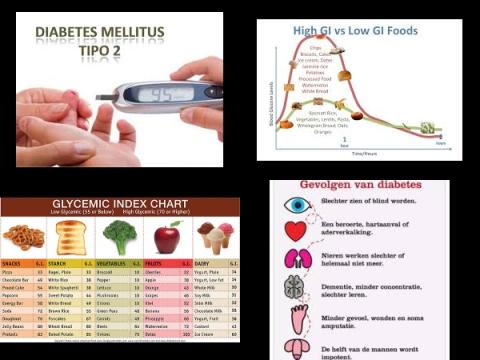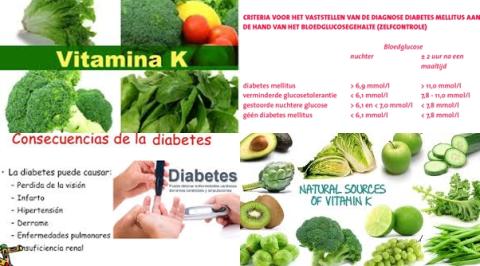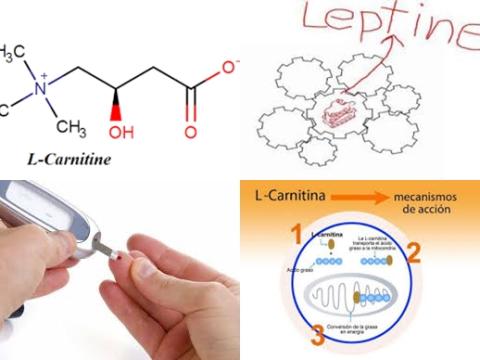Under-five mortality risk is higher for rural areas than urban areas in middle- and low-income countries

Objectives:
The aim of this review article is to evaluate evaluated the association of place of residence (urban/rural) and under-five mortality in middle- and low-income countries.
Study design:
This review article included 15 studies.
Results and conclusions:
The investigators found that when the results from all studies were combined, the RR of under-five mortality was higher for those living in rural areas. The overall combined effect size was determined to be 1.47 [95% CI = 1.27-1.67].
The investigators found meta-regression showed that there was a positive relationship between the percentage of rural population for the various countries/regions and the relative risk for under-five mortality by place of residence. The beta coefficient (β) for the rural population percentage was 0.007, meaning that for every one percent increase in the rural population, there was a 0.007 increase in risk of under-five mortality. This, however, was not significant [95% = -0.006 to 0.02, p-value = 0.3].
The investigators found sensitivity analysis indicated that rural disadvantage held true even when successive studies were omitted and the combined RR was greater than 1. This provided evidence as to the robustness of the results.
The investigators concluded under-five mortality risk is higher for rural areas than urban areas in middle- and low-income countries. This finding is important to evaluate policies and programmes designed to remove the gap in under-five mortality rates between urban and rural areas.
Original title:
Association of Place of Residence and Under-Five Mortality in Middle- and Low-Income Countries: A Meta-Analysis by Forde I and Tripathi V.
Link:
https://www.ncbi.nlm.nih.gov/pmc/articles/PMC5920397/
Additional information of El Mondo:
Find more information/studies on food fortification/malnutrition and study design/meta-analysis/significant right here.
